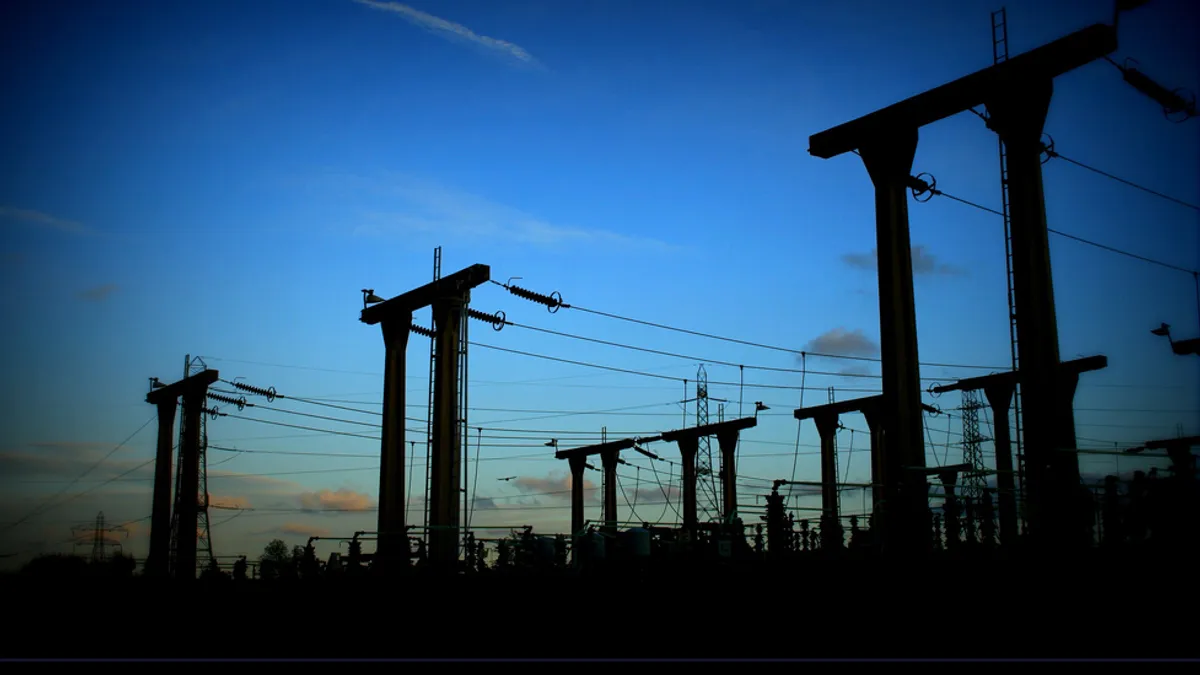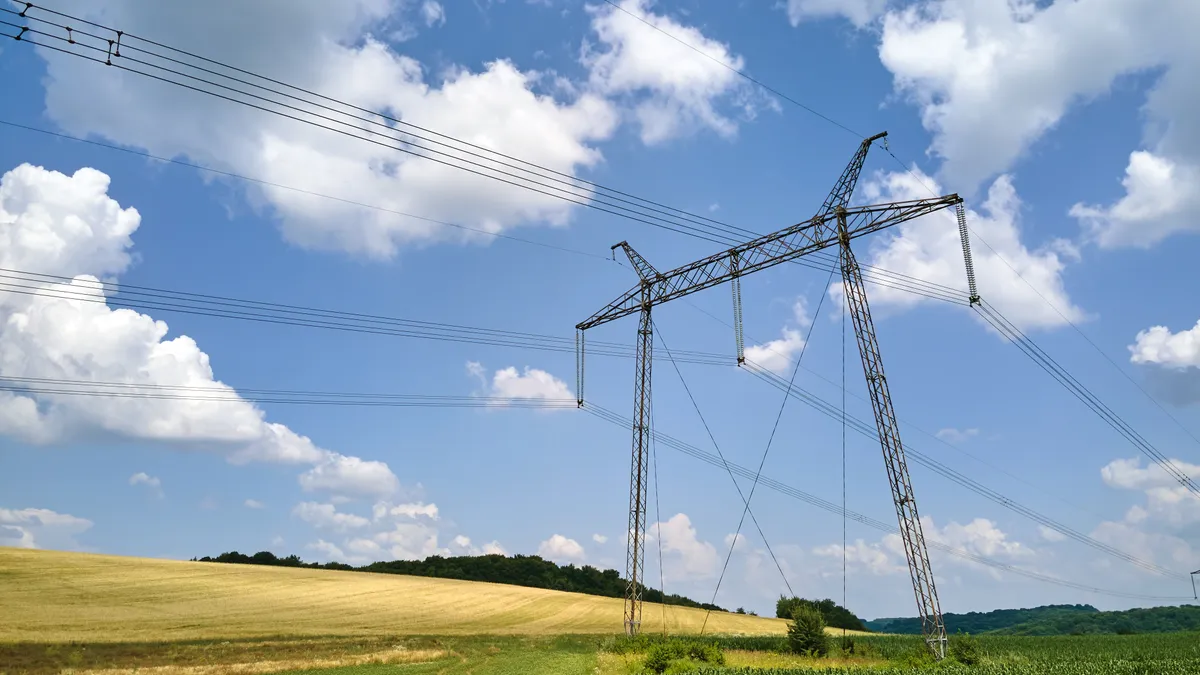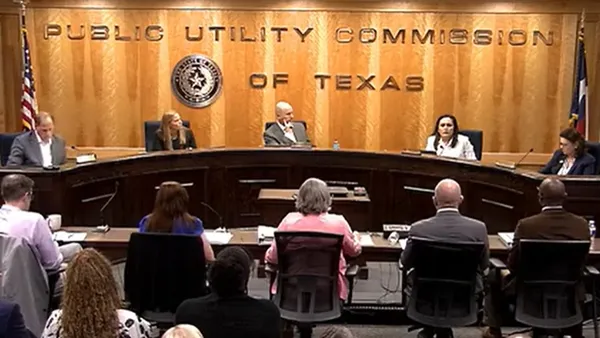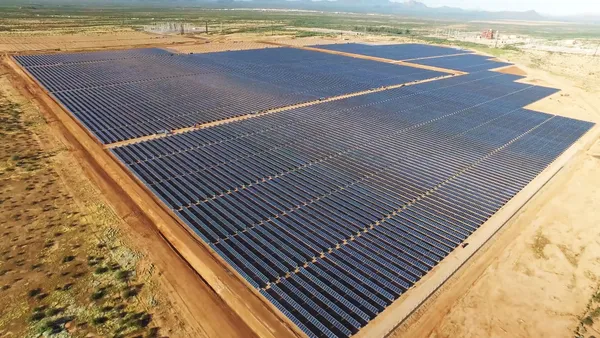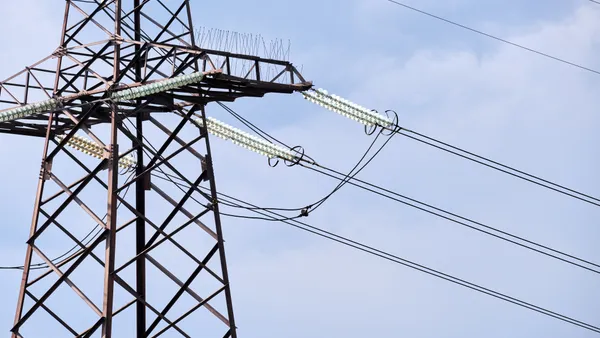Dive Brief:
- An electrical grid of optimal size has between 500 to 700 connections, as that makes them large enough to readily compensate for local fluctuations in power generation and load, but small enough to avoid large-scale failures, according to new research published in Chaos, a publication from the American Institute of Physics.
- In a large interconnected grid like the Western North American grid, which has 16,000 connection points, a series of small failures can set off cascading failures across the grid, such as the 2003 blackout that left 50 million people without power for two days.
- A collection of smaller grids covering the same territory could contain blackouts to an individual network without compromising electricity supply for millions of people, according to the findings.
Dive Insight:
The research comes in the wake of worrying Wall Street Journal story in which leaked excerpts from a Federal Energy Regulatory Commission report were published. The report stated that if just nine "key" substations are taken out, the entire U.S. power grid could collapse. There are 30 such "key" substations in the U.S., according to the report.
The research supports the formation of microgrids -- independent, small-scale versions of the centralized system that achieve specific local goals, such as emergency back-up power.


